Research Faculty
Executive Leadership
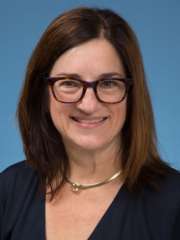
Karen Lyons, PhD
Professor and Vice Chair of Research
Research Interest: Growth Factor Signaling in Mammalian Development and Disease.
Research Faculty - Department of Orthopaedic Surgery
This page is dedicated to UCLA Orthopaedic Surgery faculty currently engaging in research
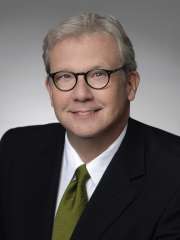
John S. Adams, MD
Professor
Research Interest: research focuses on basic and translational aspects of vitamin D synthesis, metabolism and molecular mode of action.
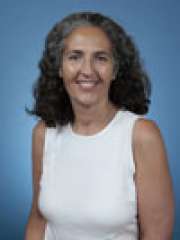
Maria-Grazia Ascenzi, PhD
Professor
Research Interest: Hierarchical simulation of bone tissue for clinical applications, bone micro-mechanics, growth plate micro-specifications, high resolution imaging of biological tissues, three-dimensional simulation of bone micro-structures, three-dimensional reconstruction from imaging stacks, and application of mathematics to investigations of biological tissue function are the main research interests.
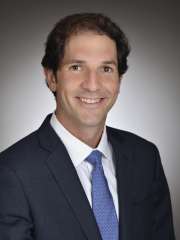
Nicholas M. Bernthal, MD
Professor, Chair and Executive Medical Director of Orthopaedic Surgery
Research Interest: Bone and soft tissue tumors, implant design, infection immunology, and antimicrobial coatings.

Fabrizio Billi, PhD
Professor
Research Interest: Evaluation of the degradation products of materials used in musculoskeletal implants and their impact on the patient’s health. Current focus is on the recovery and characterization of nanoparticles generated by the wear of orthopedic joint replacements and consequent evaluation of their local and systemic biological effects.
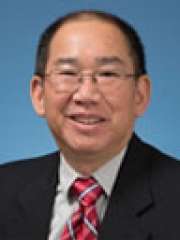
Rene Chun, PhD
Researcher
Current projects examine regulation of vitamin D action and MSC to bone differentiation.
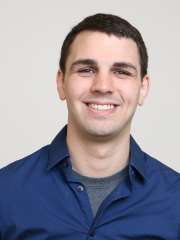
Tyler Clites, PhD
Assistant Professor
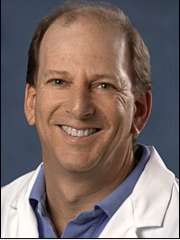
Daniel Cohn, PhD
Professor and Co-Director of International Skeletal Dysplasia Registry
Research interest: Research on the molecular basis and mechanisms of disease in the skeletal dysplasias, and his group has written more than 100 articles on this topic.
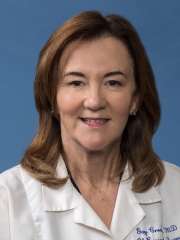
Gay M. Crooks, MD
Professor
Research Interest: How stem cells produce a new immune system as they develop in the thymus and how this process might be improved and developing ways to make blood and immune cells from human pluripotent stem cells to overcome shortages of matched adult stem cells.
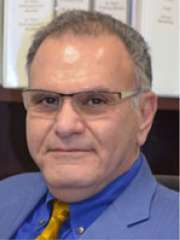
Edward Embramzadeh, PhD
Professor
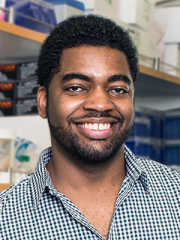
D'Juan Tyree Farmer, PhD
Assistant Professor
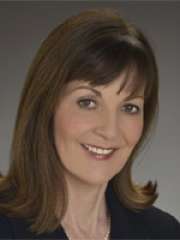
Eileen Fowler, PhD
Professor and Peter William Chair for the Center for Cerebral Palsy
Research Interest: Focus is in motor disorders due to developmental disabilities and genetics.
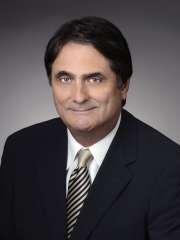
Eric E. Johnson, MD
Professor
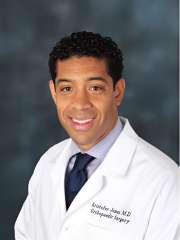
Kristofer J. Jones, MD
Associate Professor
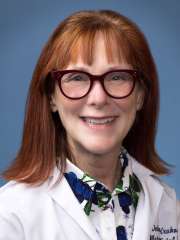
Deborah Krakow, MD
Professor and Chair of Obstetrics and Gynecology, Professor of Orthopaedic Surgery, Professor of Human Genetics
Research Interest: The molecular basis of musculoskeletal disorders; Gene expression patterns in the skeleton; Disorders of joint development; Role of cilia in the skeletal dysplasias; and Osteogenesis Imperfecta.
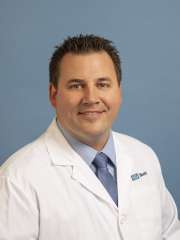
Thomas J. Kremen, MD
Assistant Professor
As a board-certified orthopedic surgeon and sports medicine specialist, Thomas J. Kremen, MD has devoted his career to helping patients of all sports levels maintain active lifestyles. Using the latest orthopedic techniques and science, Dr. Kremen helps athletes in Los Angeles recover quickly from injury, getting them back into the game stronger than ever.
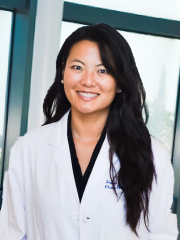
Justine C. Lee, MD, PhD
Professor
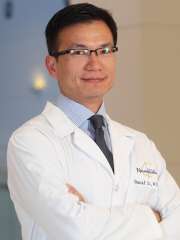
Daniel C. Lu, MD, PhD
Associate Professor
Research Interest: Modulating the neuronal circuitry and networks in the treatment of central nervous system disorders with the ultimate goal of restoring lost function.
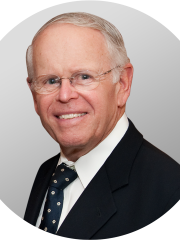
James Luck, MD
Professor

David R. McAllister, MD
Professor
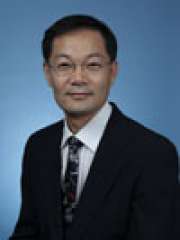
Sang-Hyun Park, PhD
Professor
Research Interest: Use of Laser Doppler Flowmetry to measure the blood flow to a fracture during all phases of healing. Determining the optimal mechanical stimulation to enhance fracture healing and avoid delayed or non-union. Current focus is on metal-on-metal hip joint failure analysis.
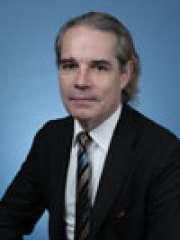
Bruno Peault, PhD
Professor
Research Interest: Prospective identification and purification and functional characterization of multi-lineage stem cells present in human adult organs and tissues.
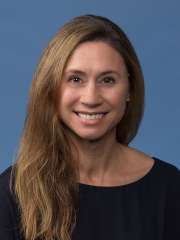
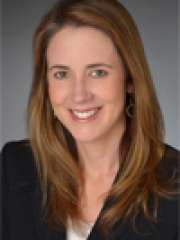
Sophia Sangiorgio, PhD
Professor
Research Interest: Evaluating the biomechanical performance and durability of orthopaedic implants, devices, and surgical procedures, particularly joint reconstruction, fracture fixation, and spine stabilization. Designing custom apparatuses to apply physiological loads and motions to implant-bone constructs to determine how their clinical performance is affected by the design of the implant, and the strength and stability of the fixation.
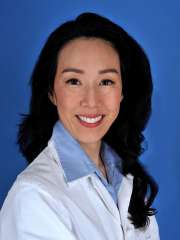
Chia Soo, MD
Professor
Research Interest: Interest in bone and skin regenerative medicine research utilizing tissue engineering technologies.
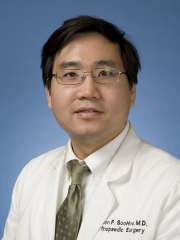
Nelson F. SooHoo, MD
Professor
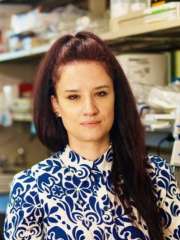
Alice Soragni, PhD
Assistant Professor

Alexandra I. Stavrakis, MD
Assistant Professor
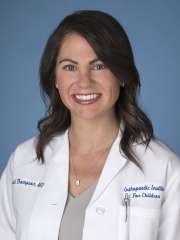
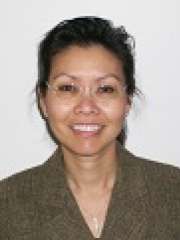
Yin Tintut, PhD
Professor
Research Interest: Mechanisms of inflammation on artery wall calcification, aortic valve calcification and osteoporosis.
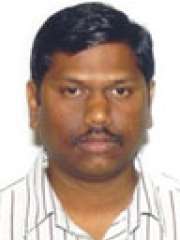
Kanagasabai Vadivel
Assistant Researcher
Research interests focus on understanding the biologic functions of proteins involved in blood coagulation and fibrinolysis.
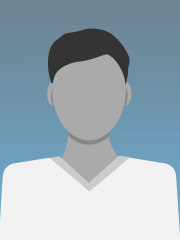
Weiguang Wang, PhD
Assistant Researcher
Defining the molecular mechanisms of cartilage and bone development and discovering the molecular targets for treatment of osteoarthritis.